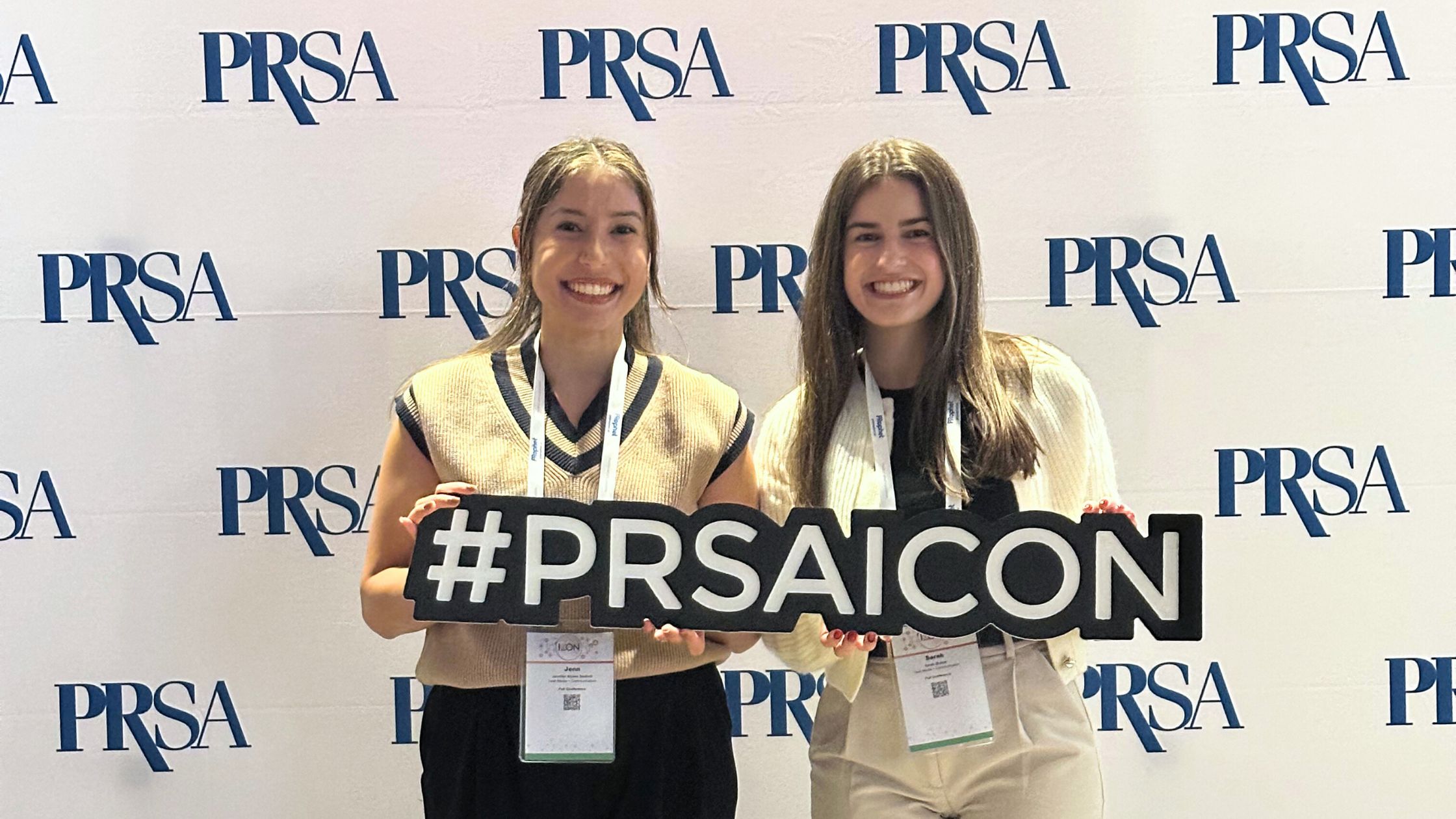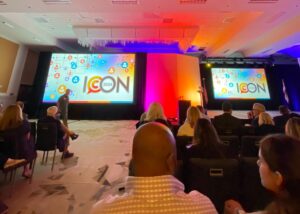One of the most common questions that we get as PR practitioners is, “How can we show the impact that PR has had on our business?” It’s a straightforward question with many nuanced answers.
From a surface level perspective, the number of media hits could be one of the answers to this question. Since one of the main goals of PR is to drive awareness to an entity, it’s easy to think that a higher number of articles equates to increased awareness. While this is a metric that we can use, there are many additional metrics that PR practitioners can and should be using to showcase the impact public relations has on a business.
Earlier this month, I had the opportunity to attend PRSA ICON in Anaheim, CA, with my colleague, Sarah, and nearly 2,000 other PR practitioners from across the globe. Over three days, we attended many workshops that offered several ways to quantify the value of PR and its positive effect on an organization’s bottom line. Here are some of the takeaways:
Reframe the metrics that you use to quantify value
Popular PR metrics like number of hits, impressions, unique visitors per month or UVM, and share of voice do paint a picture of the success that PR can drive, but there are other metrics that provide a clearer and more accurate/compelling scene. One company representative highlighted power of voice: a metric that looks at the quality and engagement of media coverage, rather than just the quantity. Through software platform, like Onclusive or Cision, organizations can pull power of voice, which provides a more refined view of media impact by analyzing factors like the prominence of the organization in question, exclusivity of the coverage, and how widely the content is shared through other mediums. While power of voice numbers may be smaller than UVM or share of voice, it can be much more meaningful – think of concretely knowing that 100,000 people actually read a feature article on your organization in Forbes instead of trying to guess how many of Forbes’ 54 million estimated monthly readers potentially laid eyes on it. Working with organizational leaders and clients to understand the importance of using metrics like this, and regularly reviewing the data and relaying it to management, can lead to a greater understanding of how PR can impact the business.
Use technology to track money back to media
One key to demonstrating a business leader the value of PR is by showing them the revenue that PR generates for the organization. Historically, this has been hard to do, but there are now ways to map a sale or donation back to a media hit – which a hospital system illustrated by using software to track how a media campaign for men’s health led to increased traffic on their website, followed by a notable rise in men’s appointments in the subsequent weeks.”
Whether it’s through a specialized PR software, or even Google Analytics (which is free!), there are many web analytics options that can track user behavior and link reading an article to the intended conversion behavior (buying, donating, etc.). Being able to see just how an article or a social media post played a role in the buyer’s journey is a tangible way to show executives the power of PR and why it is an important tool to continue investing in.
For example, an article Teak placed for client, Health In Harmony, brought in over $125,000 in donations in just a few weeks. You can read more about that case study here.
Extend the lifespan of a media hit
A media hit can be repurposed in many different ways. A screenshot of an article can be shared on an Instagram story with a direct link for followers to read. A video clip can be presented on a company website to showcase thought leadership and build credibility. PR teams can build a package of past media coverage to share with reporters to highlight their spokesperson’s media experience and presence as an industry leader.
Public relations is incredibly valuable for organizations across industries, and there is clear value to digging deeper, accessing the right metrics, and using media hits across owned channels to show the impact of traditional media. There were so many incredible sessions and takeaways from this conference. Stay tuned for additional content in a future blog post.





